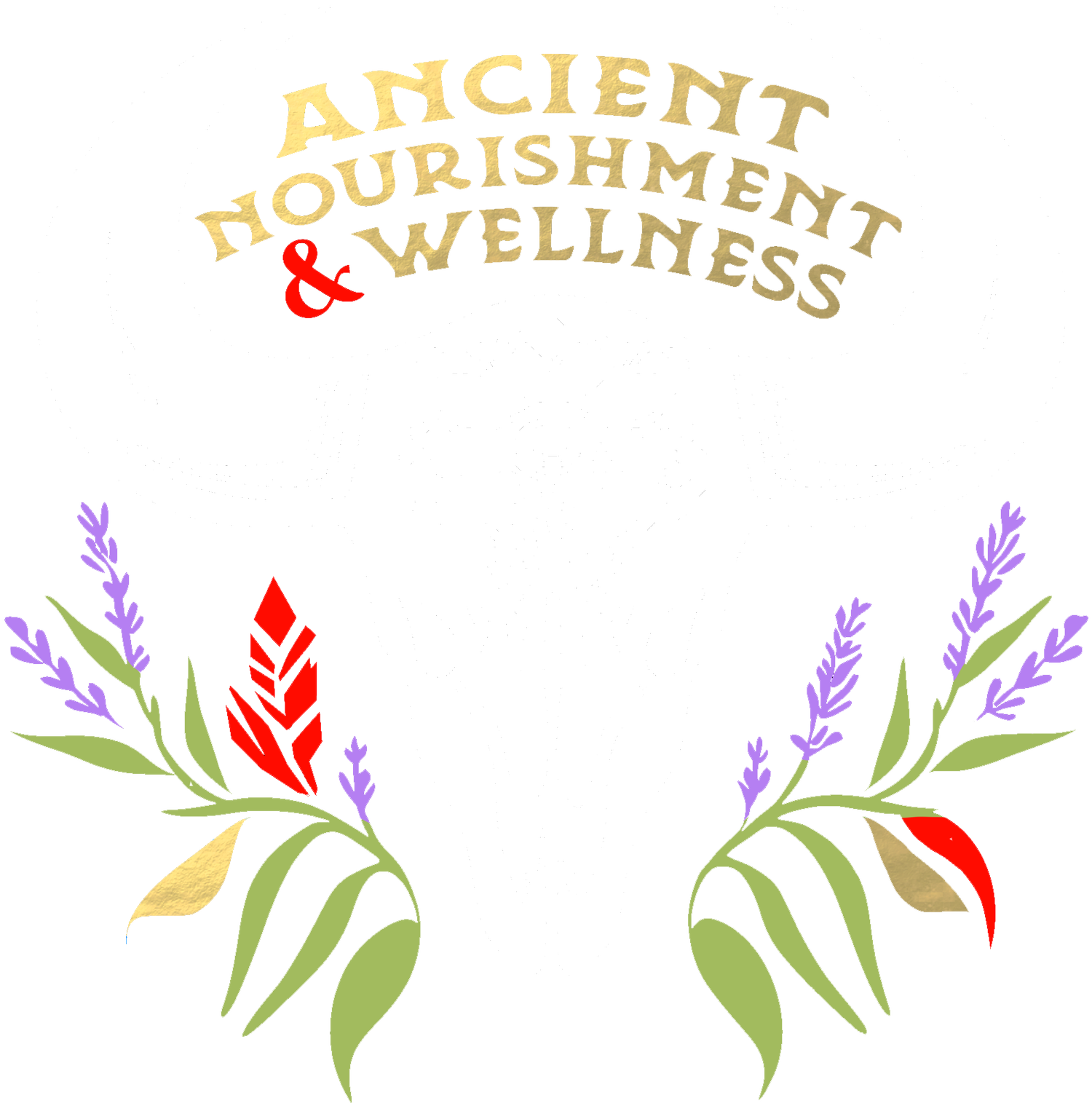Returning to Ancient Roots: The Wisdom of Ancestral Eating.
In a world of fast food, synthetic ingredients, and endless fad diets, there’s something deeply grounding about returning to the way our ancestors ate. Ancestral eating isn’t just another health trend—it’s a nutritional philosophy rooted in the rhythms of nature, time-tested traditions, and a deep respect for where food comes from. It’s about nourishment, not restriction. Connection, not convenience.
What Is Ancestral Eating?
At its core, ancestral eating is the practice of honoring traditional foodways—eating the kinds of foods our ancestors would have recognized, prepared, and thrived on for generations. It emphasizes whole, unprocessed foods, traditional cooking methods, and a strong relationship with the land and seasons.
This way of eating isn’t about mimicking one ancient culture or subscribing to a rigid set of rules. Rather, it’s about tapping into the universal principles of nourishment that have guided human survival and vitality for thousands of years:
Seasonal, locally grown produce
Grass-fed, pasture-raised meats and wild-caught fish
Fermented foods for gut health
Nose-to-tail eating (yes, organ meats too!)
Wild herbs, roots, and naturally foraged foods
Proper preparation of grains, nuts, and legumes (soaking, sprouting, fermenting)
How It Nourishes Us
Our bodies haven’t evolved as quickly as the modern food system. Genetically, we are still wired much like our hunter-gatherer ancestors—thriving best on nutrient-dense foods from the earth, not ultra-processed convenience products.
Ancestral diets are naturally:
Anti-inflammatory
Rich in micronutrients and healthy fats
Supportive of gut health and immune function
Blood sugar balancing
Supportive of hormonal and metabolic health
What’s powerful about ancestral eating is that it shifts the focus from calories and macros to true nourishment. It invites us to consider not just what we’re eating—but how it was grown, prepared, and shared.
The Role of Seasonality
One of the most beautiful aspects of ancestral eating is seasonal alignment. Before refrigeration and global food transport, people ate what the land offered in each season. Spring brought bitter greens and cleansing herbs; summer offered fruits and fresh vegetables; autumn brought root vegetables, game, and grains; and winter was a time for preserved foods, fats, broths, and fermented nourishment.
Eating seasonally supports:
Better digestion – Your body naturally craves lighter, cleansing foods in spring and heartier meals in winter.
Nutrient density – Foods harvested in their natural season are more potent and flavorful.
Local ecosystems – Seasonal eating often supports local farmers and reduces environmental strain.
A deeper connection to nature’s rhythms – You begin to feel more rooted, aware, and attuned.
More Than Food—A Way of Living
Ancestral eating isn’t about perfection—it’s about intention. It’s about slowing down, cooking with your hands, gathering with others, and trusting the quiet wisdom of your body. It’s about asking: What would my ancestors have eaten in this place, in this season, to feel nourished, strong, and grounded?
As we return to ancient ways of nourishment, we don’t just heal our bodies—we reconnect with something much older and wiser than diet trends: the land, the seasons, and our true selves.
Want to bring ancestral eating into your daily life? Start by shopping at your local farmers’ market, cooking a seasonal recipe, or sipping on a warm mug of mineral-rich bone broth. Your body will remember.
